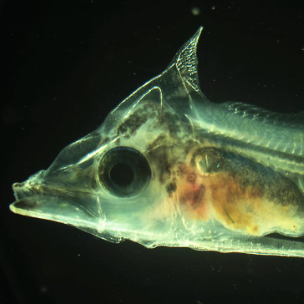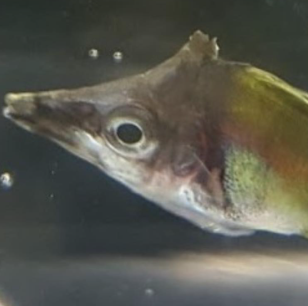The Oceanic Institute of Hawaii Pacific University has succeeded in culturing the Longnose Butterflyfish, Forcipiger flavissimus. The institute that bought us the first captive-bred population of Yellow Tangs has today released pictures of 90-day-old captive-raised F.flavissimus, breaking the 86-day record previously set in 2016 by Avier Montalvo. The Longnose Butterflyfish is widespread in the Indo pacific, inhabiting coastal reefs and reef flats. It grows to just over eight inches in length and is similar looking to its congener Forciper longirostris, which has an even longer snout. Of the two, F.flavissimus is the easier to keep although it still presents a challenge for the majority of saltwater aquarium hobbyists. It’s not totally reef safe and can nip at coral polyps as well as urchins and the feet of other echinoderms. In the wild, they live in pairs although in average size aquaria they often behave aggressively towards each other. Like many butterflyfish, they can also be outcompeted at feeding time.

So were these actually captive-bred? The term has been omitted by the University’s social media although they said the eggs were supplied by public aquariums. If the eggs were caught from captive spawning wild parents and then raised at the institute these are effectively first-generation captive bred and cultured, which is a great achievement and adds to their growing list of cultured saltwater fishes. If the process can be repeated, broodstock assembled and held at the facility and the project is viable, we are guessing that captive-bred Longnose Butterflyfish could then eventually make their way through to aquarium stores, suppliers, and hobbyists via Biota. Captive-bred Forcipiger flavissimus should be much easier to keep because their aquarium diet will consist of readily available frozen and maybe even dry foods. Let’s just hope they keep the vivid yellow coloration of their wild counterparts.




